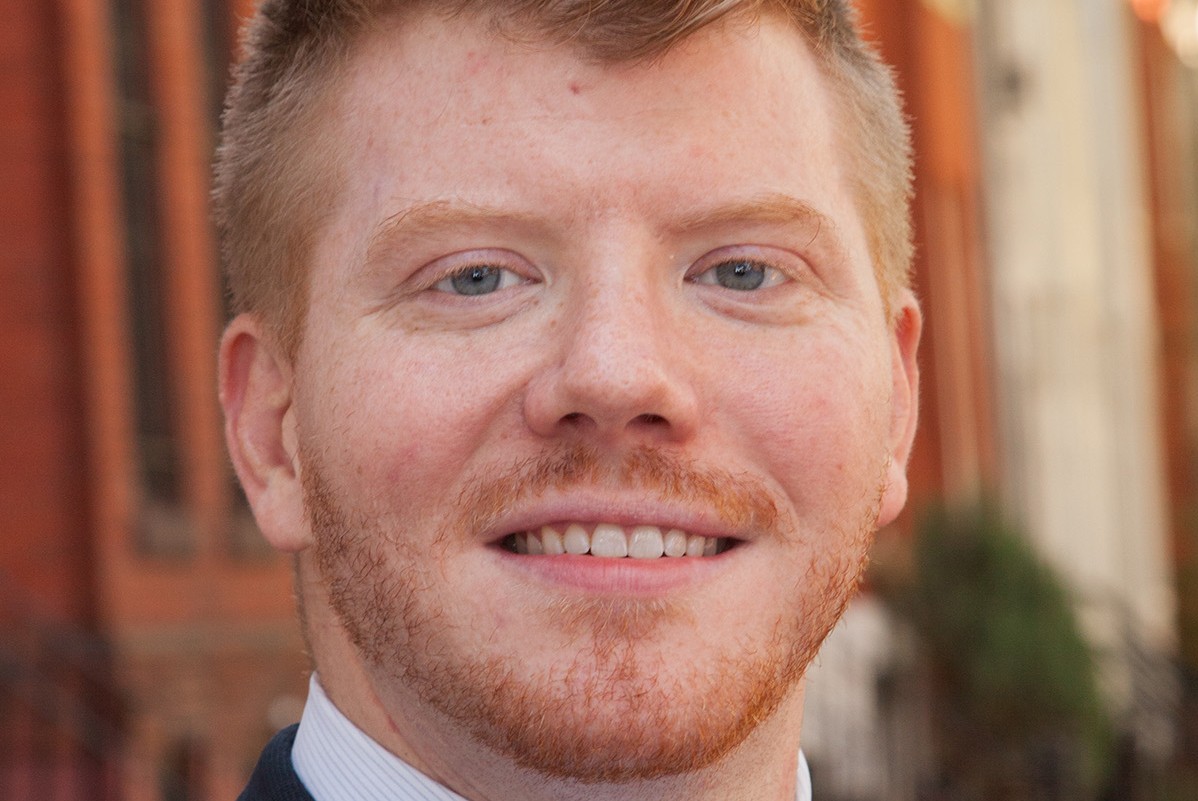

Looking back on our history, it’s easy to let the clouds of oppression rain on our Independence Day parade; nevertheless, the progress we’ve made is cause for celebration. If it weren’t for our founding father’s focus on individual rights and the ability to challenge both society and government, we wouldn’t have made such headway in our struggle for equality.
Knowing our history is key to unlocking our future success. Many history books have recorded the events of Stonewall, but some may not have mentioned the Annual Reminder.
Every July 4 from 1965-1969, members of the LGBT community met and demonstrated in front of Independence Hall in Philadelphia to remind America that LGBT people did not have the same basic rights and protections that many groups at that time were fighting for.
Given that the Declaration of Independence was signed not only to proclaim our independence and autonomy from other nations, but also to emphasize the ideals to which all people should be entitled, what better day to denounce this inequality than the day that our country celebrates “all men (and women, and queer persons) are created equal.”
In the spirit of the 4th of July, independence, freedom, and autonomy, here’s to those who spoke out before us:
1. The Beginning: 1965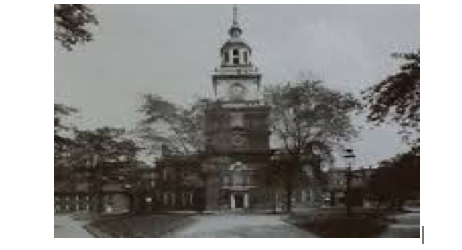
Various LGBT groups, including the Daughters of Bilitis and the Mattachine Society, came together to operate under one name, East Coast Homophile Organization (ECHO). In just over two months,they put together the first silent picket in which thirty-nine people attended and echoed out our demands for equality. At the time, it was the largest gay rights demonstration in history.
2. Influential Figures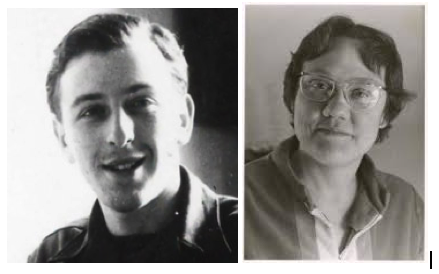
Frank Kameny – Fired from his job at the Army Map Service in 1957 for being gay, Kameny was the first person to argue at the Supreme court on behalf of gay rights. He had major roles in the first White House picket, the Annual Reminders and the removal of homosexuality as a mental disorder from the DSM-II.
Barbara Gittings – Founder of the NY Chapter of the Daughters of Bilitis, Gittings was a vocal figure at a time when it was unheard of to be out. She lobbied the American Psychiatric Association with Kameny and was the head of the American Library Association’s Gay Task Force.
3. Notable Signs
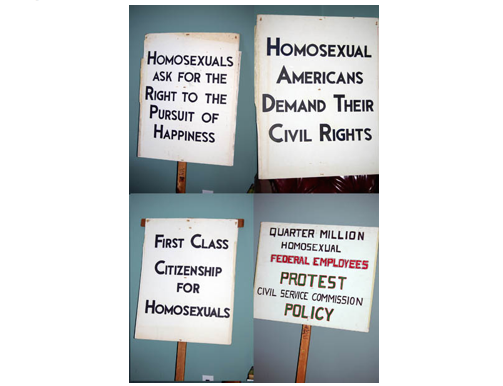 Kameny’s Original Signs – donated to the Smithsonian National Museum
Kameny’s Original Signs – donated to the Smithsonian National Museum
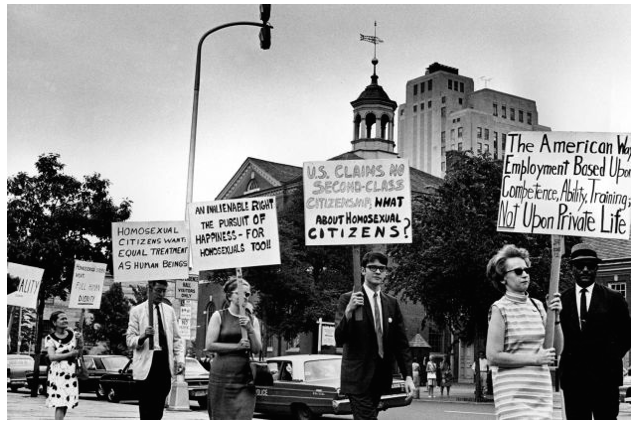 Signs Above Read:
Signs Above Read:
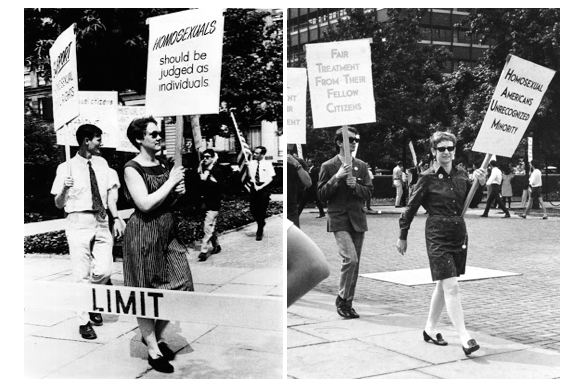 Signs Above Read:
Signs Above Read:
4. The Final Reminder: 1969
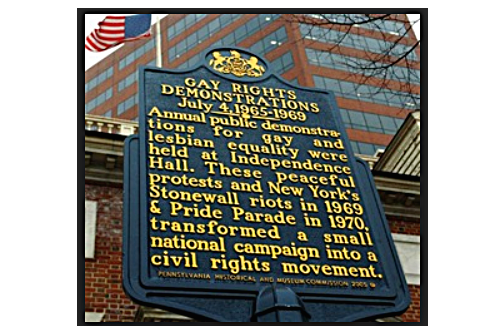
Less than a week after Stonewall Riots, the fifth and final Annual Reminder was held in front of Independence Hall. Because of the intensity of the riots and the aftermath that followed, the organizers of the silent picket were the subject of threats and had to arrange for police protection. The following year, this demonstration was moved to New York City and set for the last weekend in June, both to commemorate Stonewall and simultaneously serving as the first pride parade.
ECHO advertised in many LGBT publications to promote the Annual Reminder. In addition, they produced a brochure to spread the understanding “that the homosexual American citizen is a homosexual is always noted; that (s)he is also an American citizen is often forgotten”
It is because of these founders and their past silent picketing of bravery, courage, and passion that allows us all to demonstrate our pride for our communities all over our country today.
So, let us celebrate this fourth of July with our history in mind—with the knowledge that Pride month is still not over, that full equality has still not been reached, and that we live in an amazing country where one day it will be.